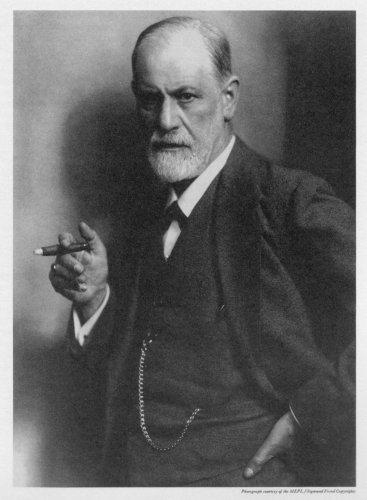


The dream (as will appear) can lay no claim to a corresponding practical significance its theoretical value as a paradigm is, however, all the greater, and one who cannot explain the origin of the dream pictures will strive in vain to understand the phobias, obsessive and delusional ideas, and likewise their therapeutic importance.īut this relation, to which our subject owes its importance, is responsible also for the deficiencies in the work before us. For, on psychological investigation, the dream proves to be the first link in a chain of abnormal psychic structures whose other links, the hysterical phobia, the obsession, and the delusion must, for practical reasons, claim the interest of the physician. In attempting a discussion of the Interpretation of Dreams, I do not believe that I have overstepped the bounds of neuropathological interest. As such, images in dreams are often not what they appear to be, according to Freud, and need deeper interpretation if they are to inform on the structures of the unconscious." Warning: template has been deprecated.- Excerpted from The Interpretation of Dreams on Wikipedia, the free encyclopedia. During dreams, the preconscious is more lax in this duty than in waking hours, but is still attentive: as such, the unconscious must distort and warp the meaning of its information to make it through the censorship. However, because the information in the unconscious is in an unruly and often disturbing form, a "censor" in the preconscious will not allow it to pass unaltered into the conscious.

Dreams, in Freud's view, were all forms of "wish fulfillment" - attempts by the unconscious to resolve a conflict of some sort, whether something recent or something from the recesses of the past. The book introduces Freud's theory of the unconscious with respect to dream interpretation. " The Interpretation of Dreams is a book by psychoanalyst Sigmund Freud.


 0 kommentar(er)
0 kommentar(er)
